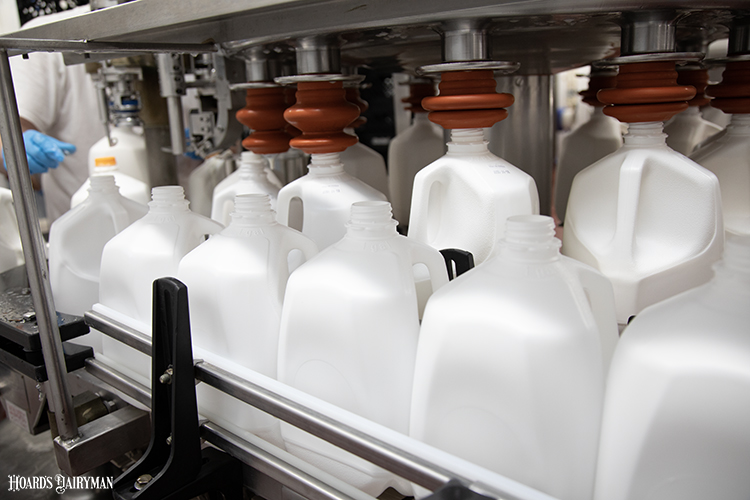
Where do you turn to improve profitability on your farm? A business has five major “levers” they can pull to be more profitable, said Purdue University’s Brady Brewer during the Professional Dairy Producers (PDPW) Business Conference. The assistant professor of agricultural economics added that in a national survey, dairy farms prioritized those five management areas in this order:
- Input costs
- People
- Assets
- Yield
- Price received
Some people prefer to save their way to success while others look to yield, Brewer described. “But any decision you make on your dairy will fall into one of these levers,” he stated.
It comes as no surprise that managing input costs and people ranked significantly higher in that survey than the other three areas as farms look to control their margins and reduce labor turnover. Making decisions on input costs most often came down to product performance, whether respondents were asked about buying feed, health tools, genetics, or animal equipment, Brewer shared.
Of course, inflation has made it even more important to tighten these budgets. Brewer explained that number has finally started to slow, but how fast it drops back to the goal of 2% is still a question. The slowdown also comes with a cost of elevated interest rates, with farm interest rates still much higher than they were a year or two years ago. “Historically, the Fed cares much more about inflation than unemployment,” said Brewer in explaining why the central bank has continued to raise interest rates even though a current low unemployment rate is one indicator of an improving economy.
For dairy farmers, Brewer said being profitable in this environment may mean deciding between variable and fixed rate loans. Higher interest rates should strengthen the dollar, so even though it may become harder to export, importing goods like fertilizer should become easier, he said. And replacing assets will require more of a targeted plan, particularly for technology upgrades.
On the people side, minimizing turnover and maximizing efficiency must be key. Brewer shared 2022 data showing that, in the general economy, the cost of recruiting, training, and adjusting to the learning curve of a new employee was $1,678. While he recognized this wouldn’t be as high for a dairy farm, it does illustrate the importance of retaining your employees.
That’s easier said than done, though. Brewer encouraged employers to keep their team engaged to make it possible, and a large part of engagement is feeling like their work matters and they have the skills and tools to do it. One way to promote this is to include them in the decisions that impact how they do their job. “Allowing them to have a voice goes a long way in helping them feel good about working for you,” Brewer said. This doesn’t mean every suggestion is implemented every time, but it may bring to light some useful ideas.
There is no simple answer to the question of profitability, and every farm has its own priorities on which levers to pull when needed. When used effectively, each provides its own opportunities.








